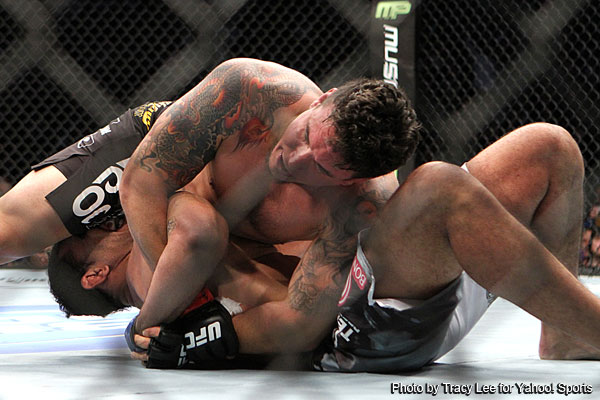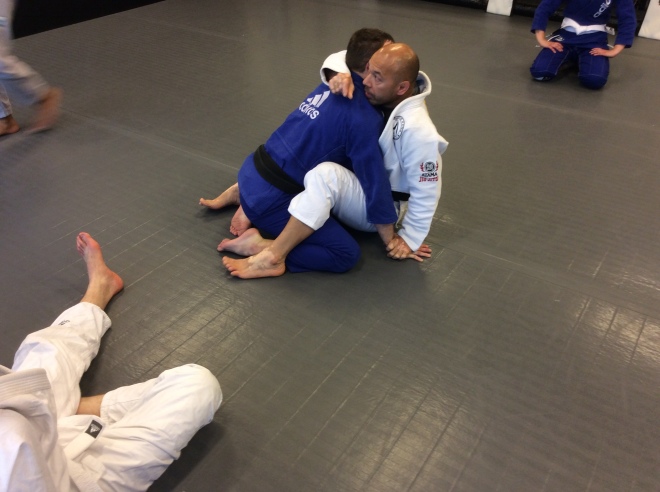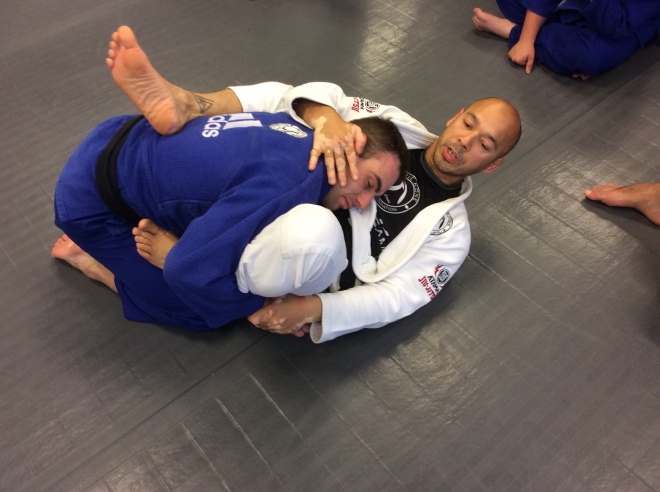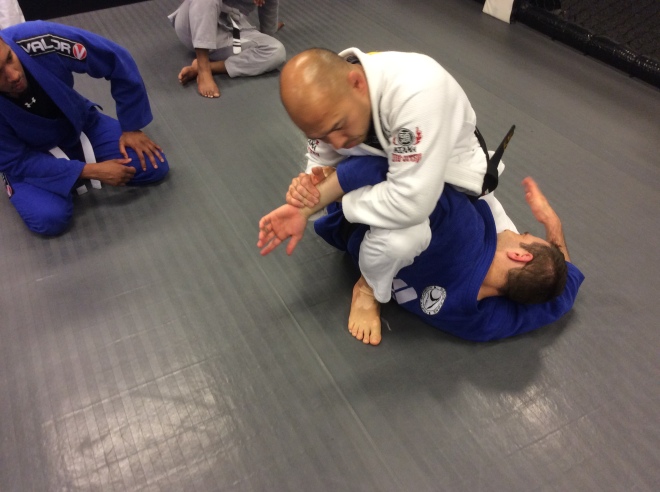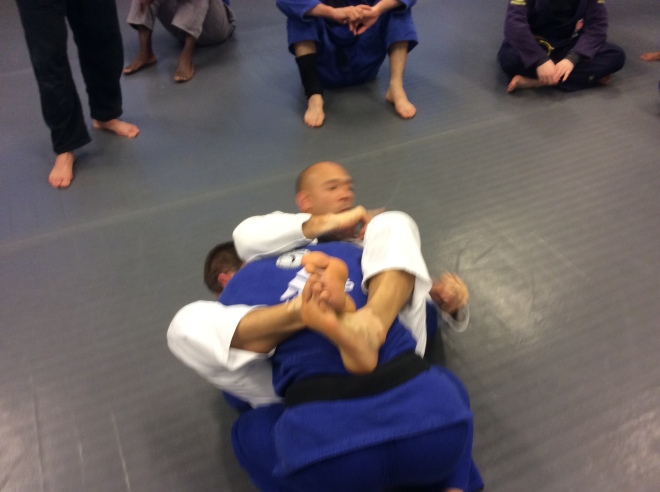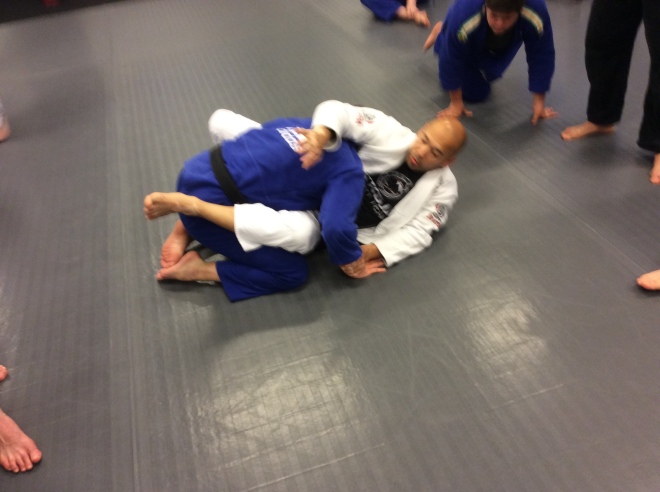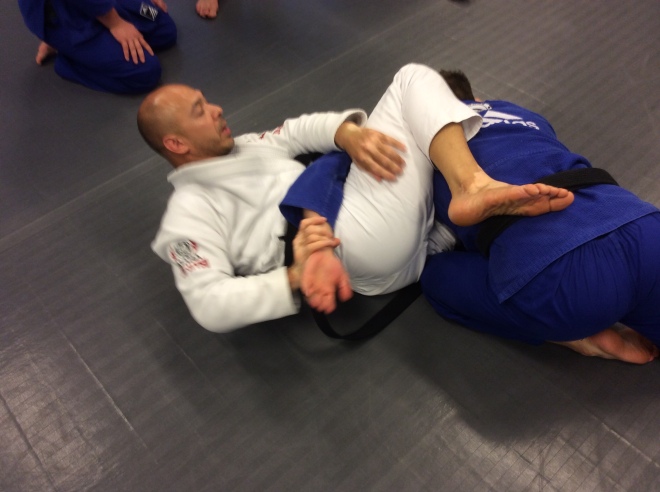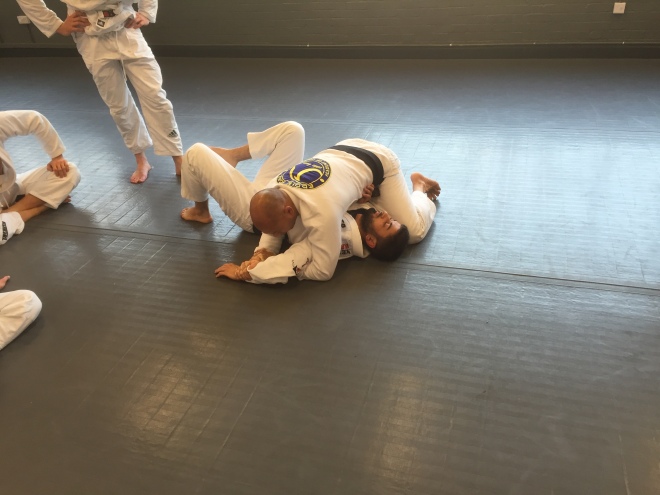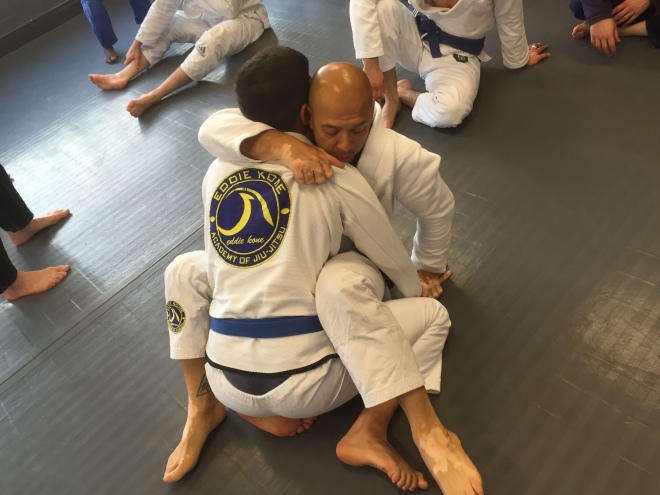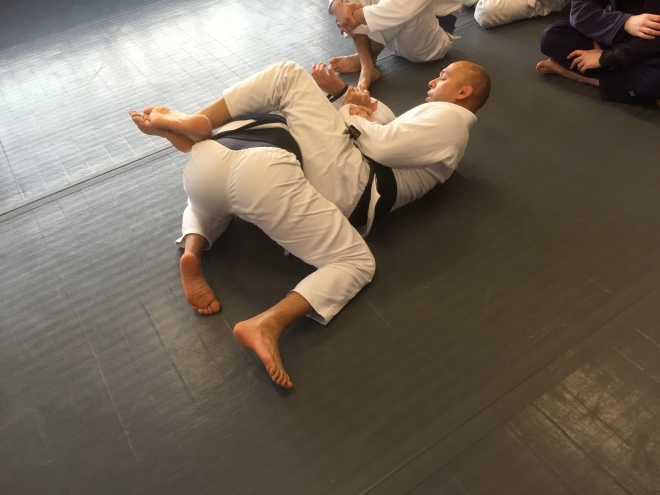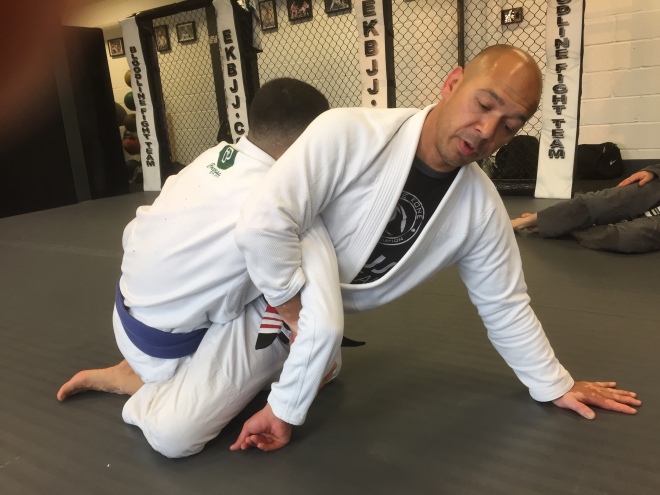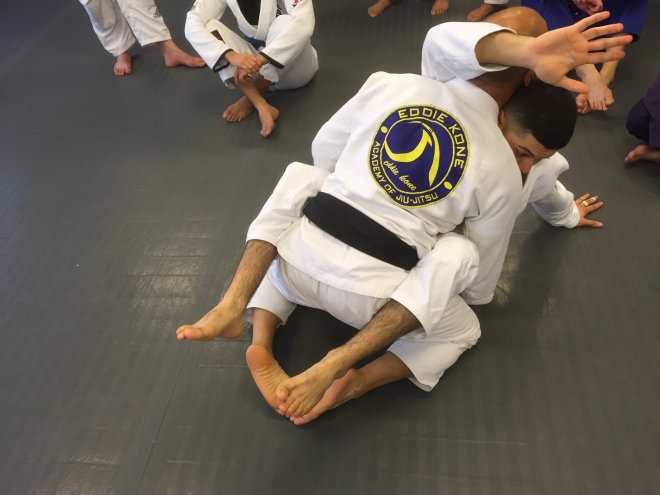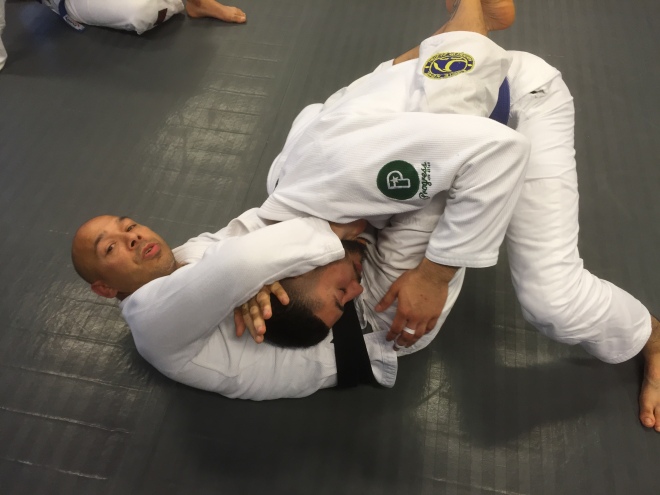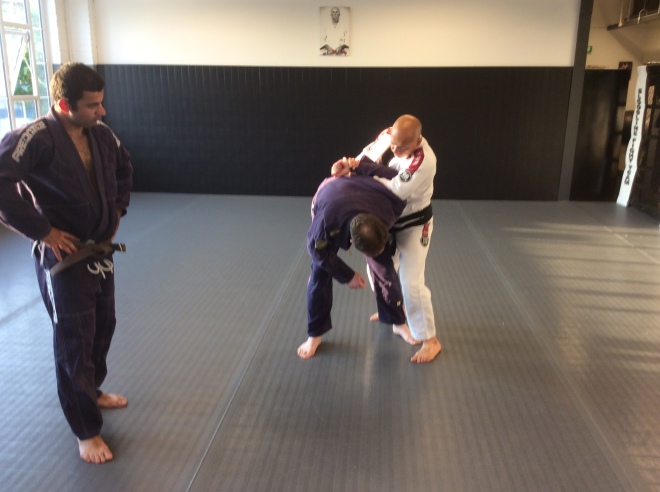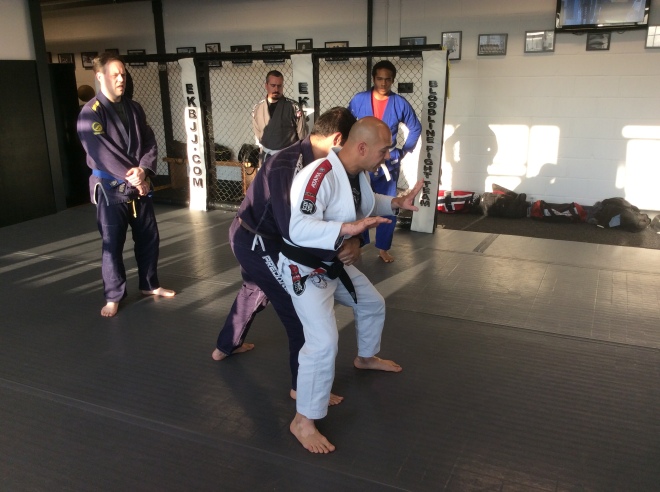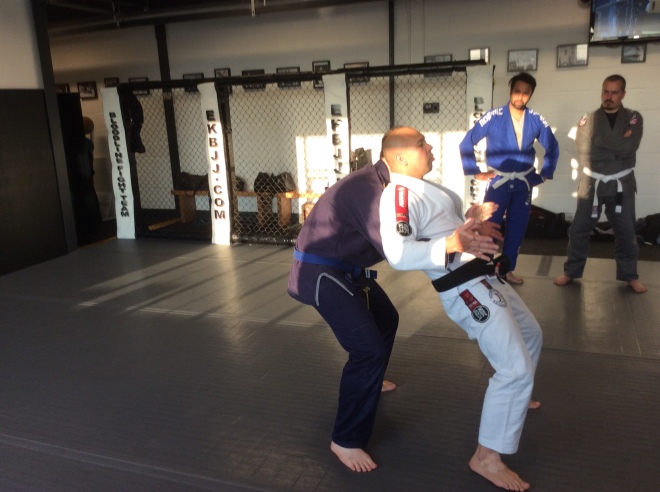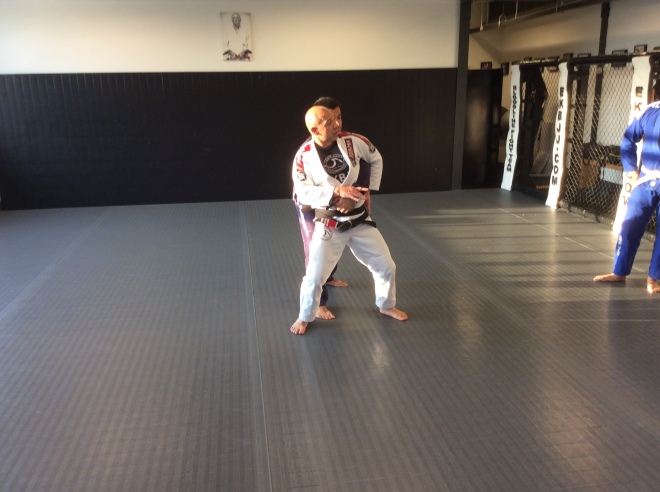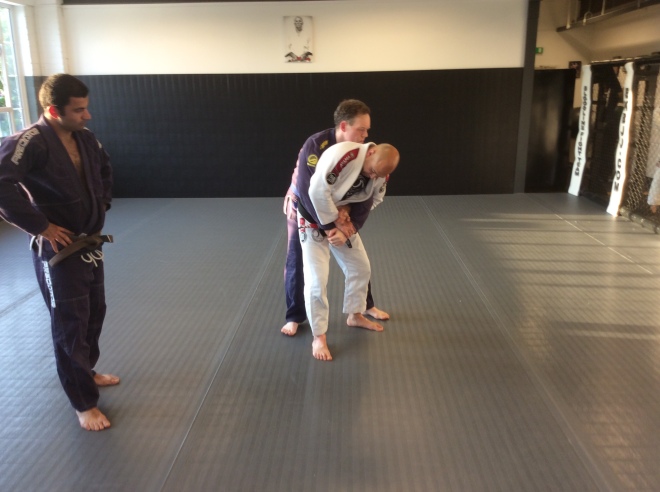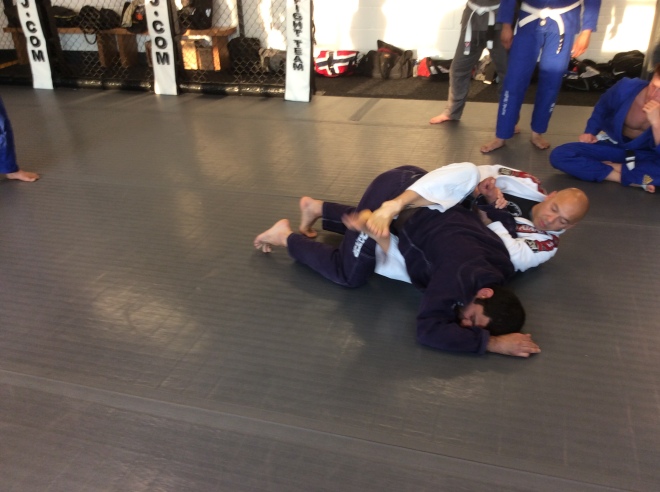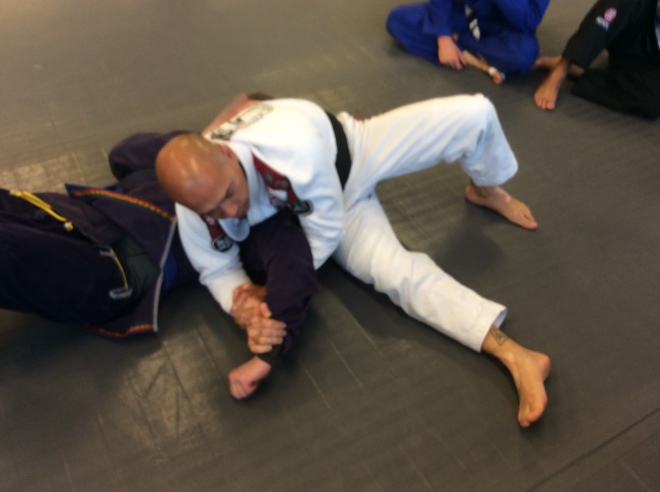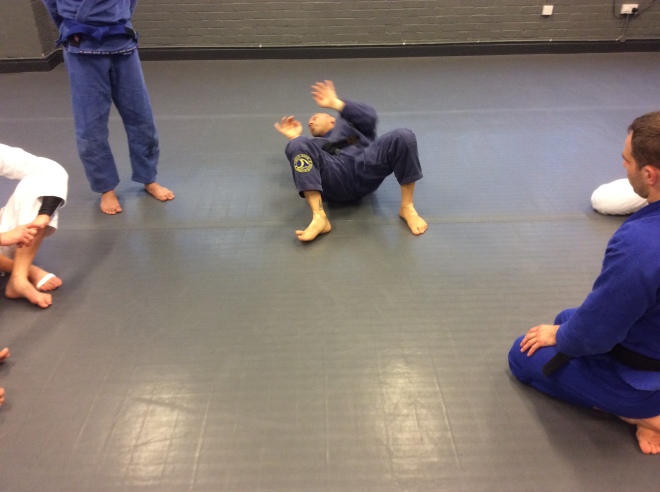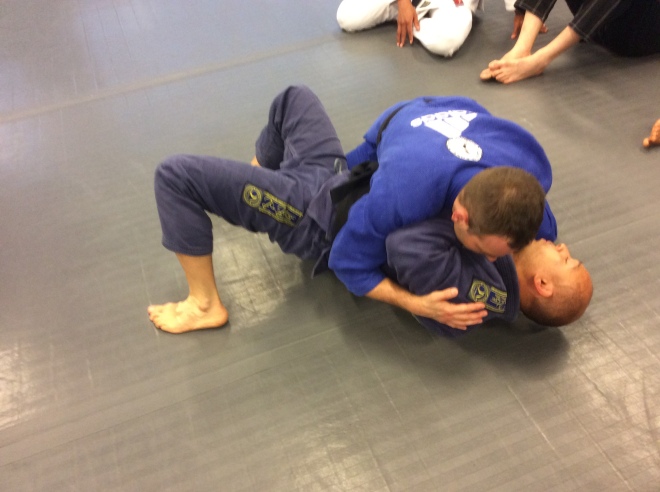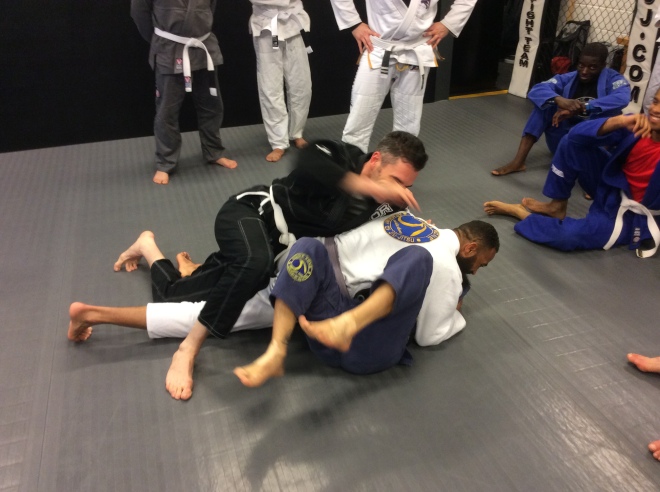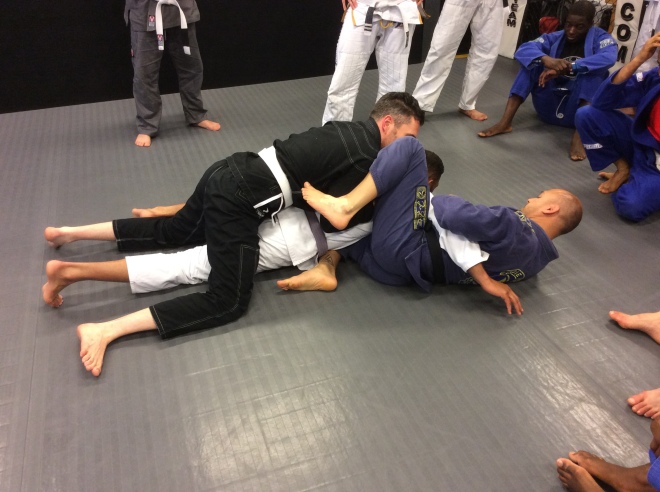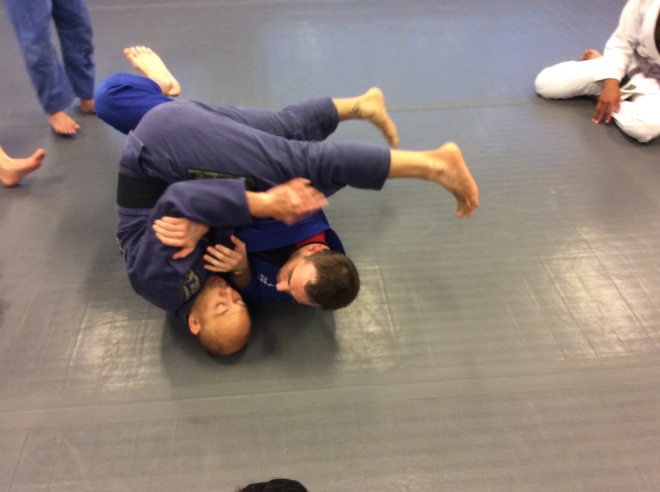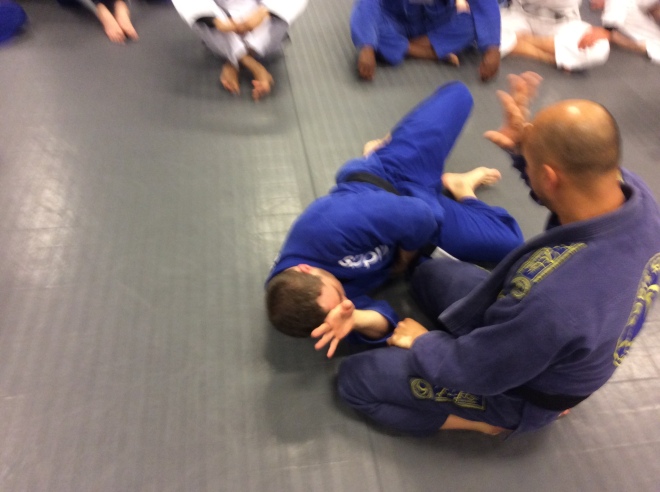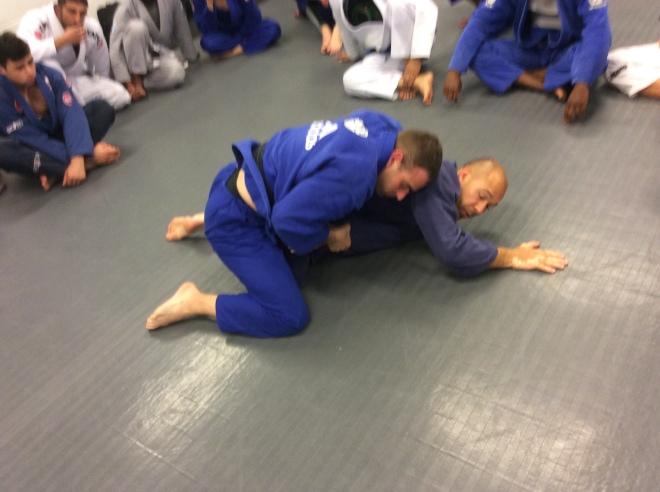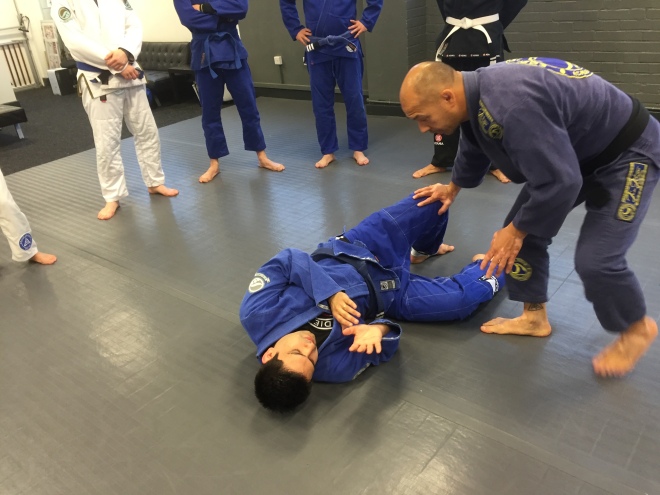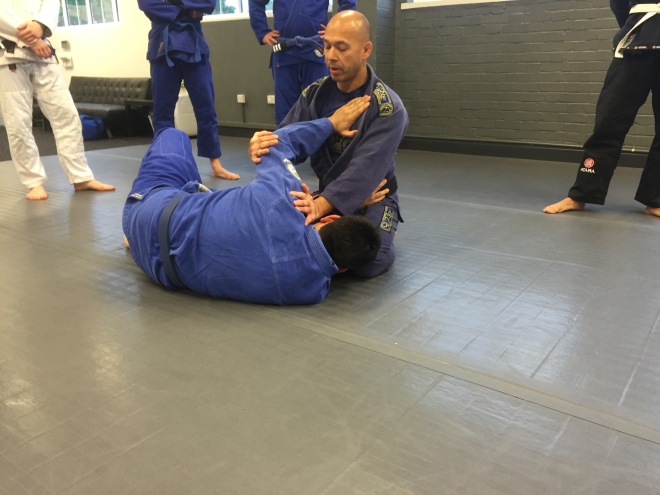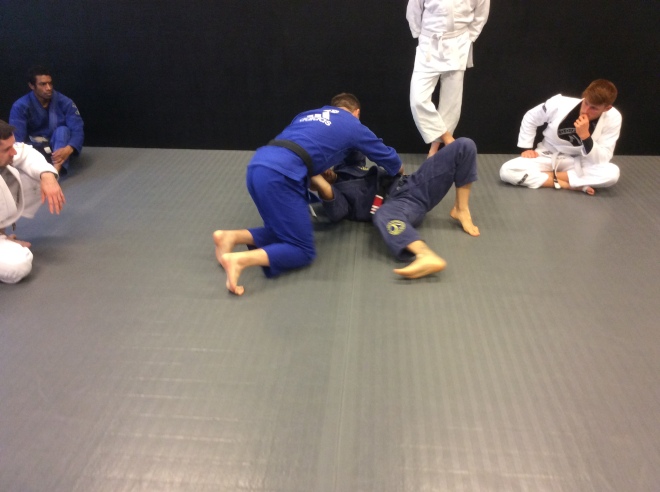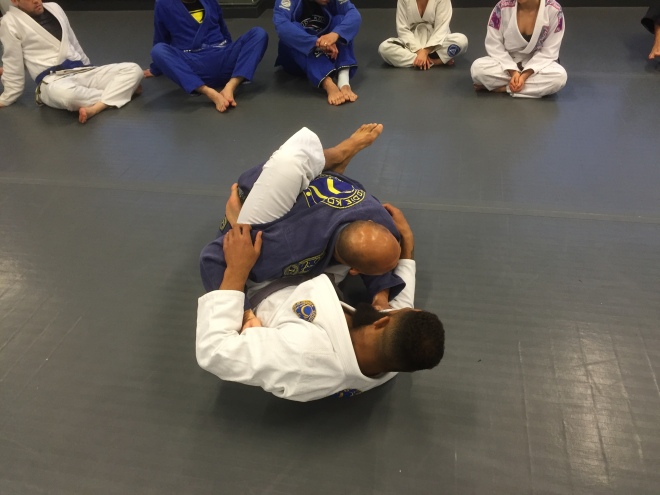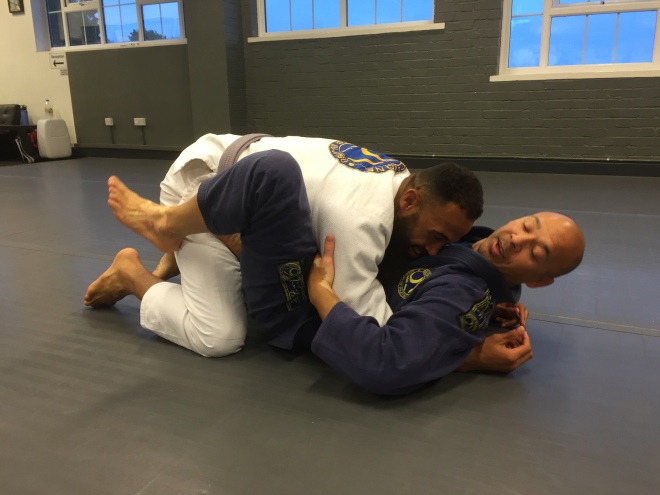Title says it all, since my last postings on the wonders of Kimura arm-locks, i’ve managed to do the thing that most people do in training and that’s injure themselves, or in this case I’ve injured myself.
So what did i do?
During a simple warm up exercise i managed to hurt my lower back, not terribly serious, but when the following day comes and you can’t even put your shoes and socks on without screaming in pain? you know this won’t get easier any time soon. Luckily, or unluckily, i’m not a stranger to injuries so i know that the first point of call isn’t your local GP, it’s a specialist that knows about lower back pain, i.e. an Osteopath. But before we get to that point, i was helped out by a member of the academy who also went through this themselves and helped me stretch my lower back out a bit, no it wasn’t pleasant!
Later that particular evening a very hot bath to try and relax the muscles in the area, which helped slightly. Gingerly getting into bed and the fighting for hours to find a reasonably comfortable position to sleep in. I don’t recommend lying flat on your front or on your back. The following day comes and disaster already struck! I’m on my back. I attempt to sit up and quickly lie back down again, my back in telling me things… don’t try to sit directly up! I manage to roll out of bed and come to my knees. It feels like my back doesn’t understand the concept of movement. So i grit the teeth and slowly come up straight, even though still slightly stooped.
Dressing myself was a challenge, i.e. putting on trousers, socks, etc. Getting to work was generally unpleasant. Sitting at a desk to operate a pc, yeah that didn’t go down well, considering every time i got up was recipe for disaster. A colleague gave me a contact number for a local Osteopath in the area, which he recommended very highly, so i dutifully made an appointment.
After answering all the normal questions, you do on a first visit, it was time to strip then get on the table. The hour flew by… crack, crack, crack, crack… crack some more. No training for the week, ice the back to reduce swelling, do not sleep on your front or back, sleep on your side with a pillow between the knees. Plus the Osteopath put these strips on my back, why? apparently it helps blood flow to the area.
Days past, movement is coming back, pain still there but I’m moving better. Decided to have another assessment done, as i really want to get back to training, went and saw the Osteopath, another series of cracks and checks. Confirmation, my back is a lot more responsive and feels like there’s some give in places as before there wasn’t any. Warned me of going back to training and to take it easy, otherwise i can undo all the healing that’s been done. For good measure they cracked the sh1t! out of my neck too and my upper back. (I really do think that back cracking is like ‘popping your cherry’ for Osteopath’s)
But my range of movement is a lot better now and next to no pain. I will now look forward to going back to training, but no high impact stuff. Being injured isn’t cheap!
“Tapping out!”

